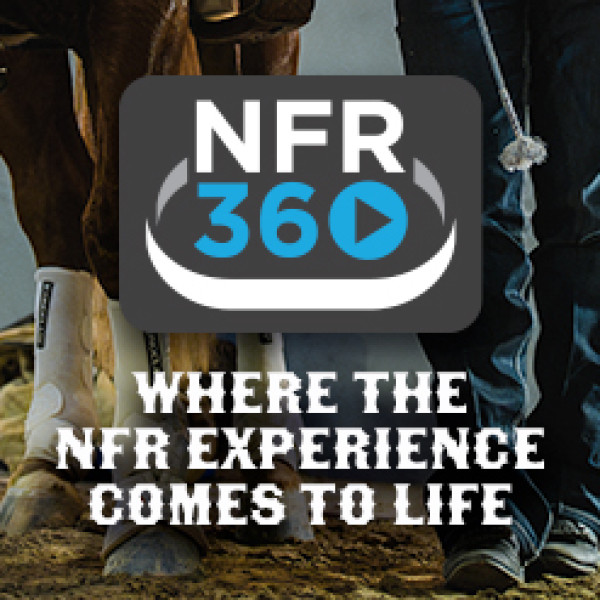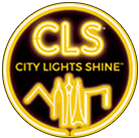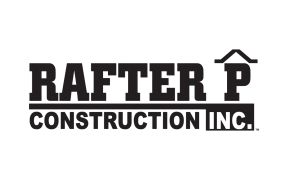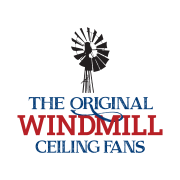
Sep 23, 2022
The Buddy Group
By: Susan Kanode
We all know that the camaraderie in rodeo is unsurpassed. There is no other sport that sees competitors helping what might be considered their adversary like there is in rodeo.
For those of us involved, we see it every day and I hope that none of us ever take it for granted. What the fans see across the arena and on The Cowboy Channel is really just a fraction of the camaraderie that is rodeo.
Cowboys and cowgirls have often traveled together to share expenses and responsibilities. Back before the central entry office started in 1975, that gave PRCA and WPRA barrel racers an opportunity to enter in one place, going to rodeos together meant calling individual secretaries to enter, and trying to get up in the same performance or slack that they were in. It was a logistical nightmare that has continued to get better.

The late Jerome Robinson was instrumental in creating the clearing house for rodeo entries known by contestants far and wide as ProCom. It’s hard to imagine stopping along the road, calling a rodeo secretary and hoping that you get through on traditional land lines to enter a rodeo. Contestants were faced with busy signals, long distance charges and not knowing if they would find an available pay phone along their travels to make a call within the right time frame.
I’m sure there were a lot of wives and parents who were at home on their own land-line phone that tried to take care of entering and calling back for positions that helped. Jerome was a top bull rider at the time and faced these situations daily. He contributed greatly to the development of a computer system to centralize more than 500 individual rodeo entry offices. It also utilized a toll-free phone number and telephone operators for communication with the contestants, stock contractors, secretaries, and committees.

Then there was and still is the buddy system. The system has been in place for decades. In simple terms, it allows up to four contestants (two team roping duos) in an event to enter a rodeo and be assured that they get the same performance or slack as the rest of the group. The complicated part is when one of those four competes in more than one event or when a husband and wife try to buddy in two events.
There have been lots of famous traveling buddies through the years. Lane Frost’s death made his traveling partners famous – and not in the way they wanted to be. Through Lane’s death, people learned that rodeo has its band of brothers where blood runs deeper than the roots of family trees.
Lane Frost, Tuff Hedeman, Cody Lambert and Jim Sharp all qualified for the bull riding at the NFR in 1986 and 1988. The next summer, Lane was tragically taken from all of us and that December the three members of his buddy group all rode for him in the Thomas & Mack Center.

They might be the first “famous” buddy group, but the stories of cowboys traveling down the road in packs is the stuff that legends. Some of those legendary bareback riders were known as the “Wolf Pack” back in the early 2000s. Will Lowe, Tom McFarland, Royce Ford, and Wes Stevenson were having a very successful Fourth of July run, collecting checks nearly everywhere they went.
Fellow bareback rider Chad Klein commented that they were a like a pack of wolves, not leaving any scraps for any of the rest of the guys. The moniker stuck. All four of them qualified for the NFR in 2004 and again in 2006.
If the law of attraction holds true in rodeo, picking the right people to “buddy” with is a key to success.
“As iron sharpens iron, so one person sharpens another.” That’s a popular quote that comes from New International Version of the bible Proverbs 27:17. The rodeo road is grueling and who you spend time with getting too and from the arenas is a big component for success.
Stay tuned, because coming up I will be talking about the rodeo buddies that we will be seeing in the Thomas & Mack this December.















































